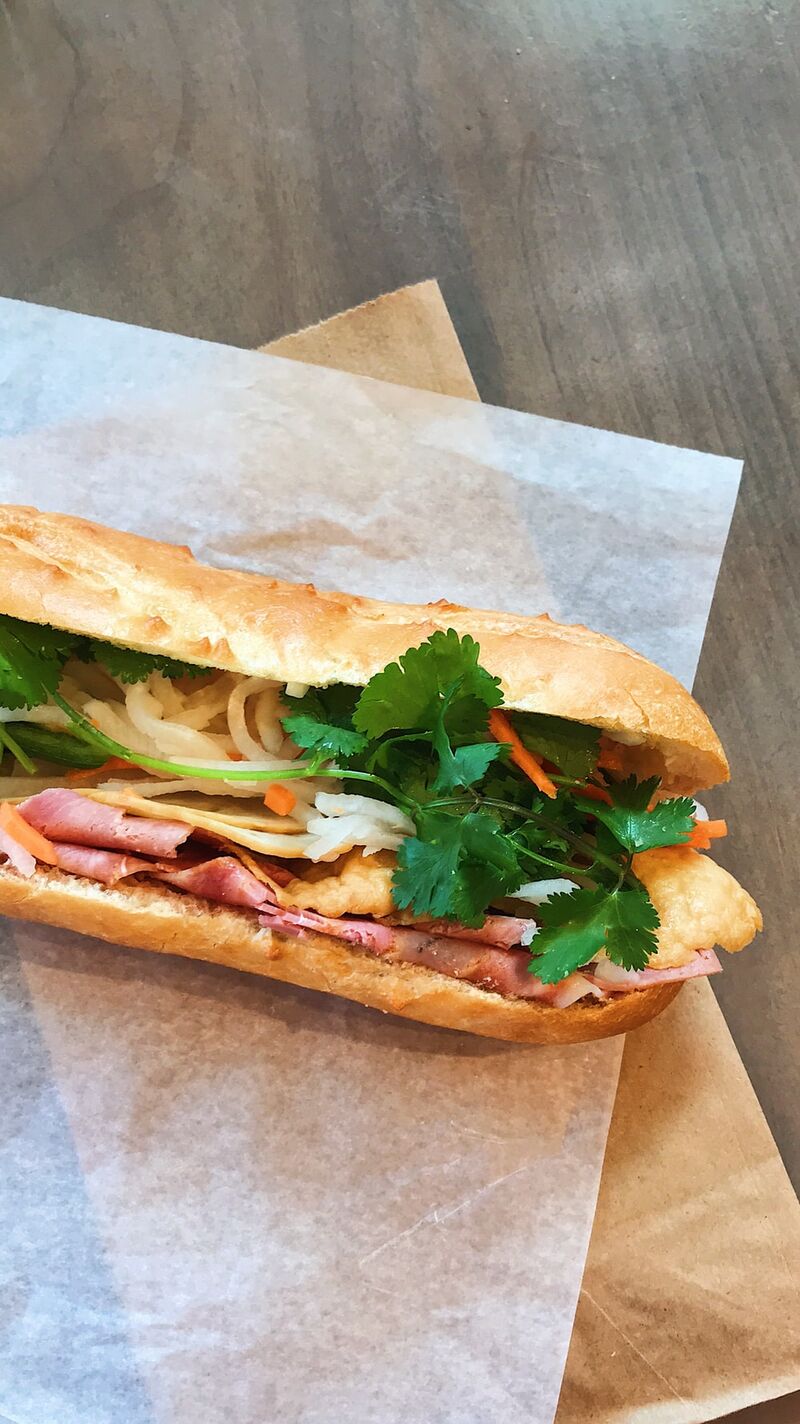The bánh mì sandwich, a staple of Vietnamese cuisine, is a delicious dish with crispy bread, veggies, and mayo. There are local variations of the sandwich, which every tourist in Vietnam should enjoy at least once. But how did it all start? Strangely, it all started with the spread of Christianity in Asia.
The French attacked modern-day Da Nang to force the Vietnamese emperor to allow Roman Catholics to practice their faith in his country. They then took over Saigon and ultimately control of the country. As it wasn’t possible to send large amounts of food from France back then, the French introduced livestock and crops to Vietnam to keep up their European diets — things like milk, coffee, and deli meats.
When World War I broke out in Europe, two large export warehouses held by Germans were seized by French troops. The goods in these warehouses were sold in Vietnam when the troops sailed for France to join the war effort, and at very affordable prices. The Vietnamese could afford to eat cold cuts, cheeses, and baguettes for the first time.
The modern-day version of the bánh mì sandwich was born after the French defeat at Dien Bien Phu in 1954. Before that, the French and the Vietnamese had eaten bread in much the same way: baguettes with a platter of cheese, butter, and cold cuts.
After the French left, locals started to modify French dishes to include local ingredients. Butter was replaced by mayonnaise, and vegetables replaced the more expensive cold cuts. The bánh mì became a delectable and affordable dish, just like it is today.

